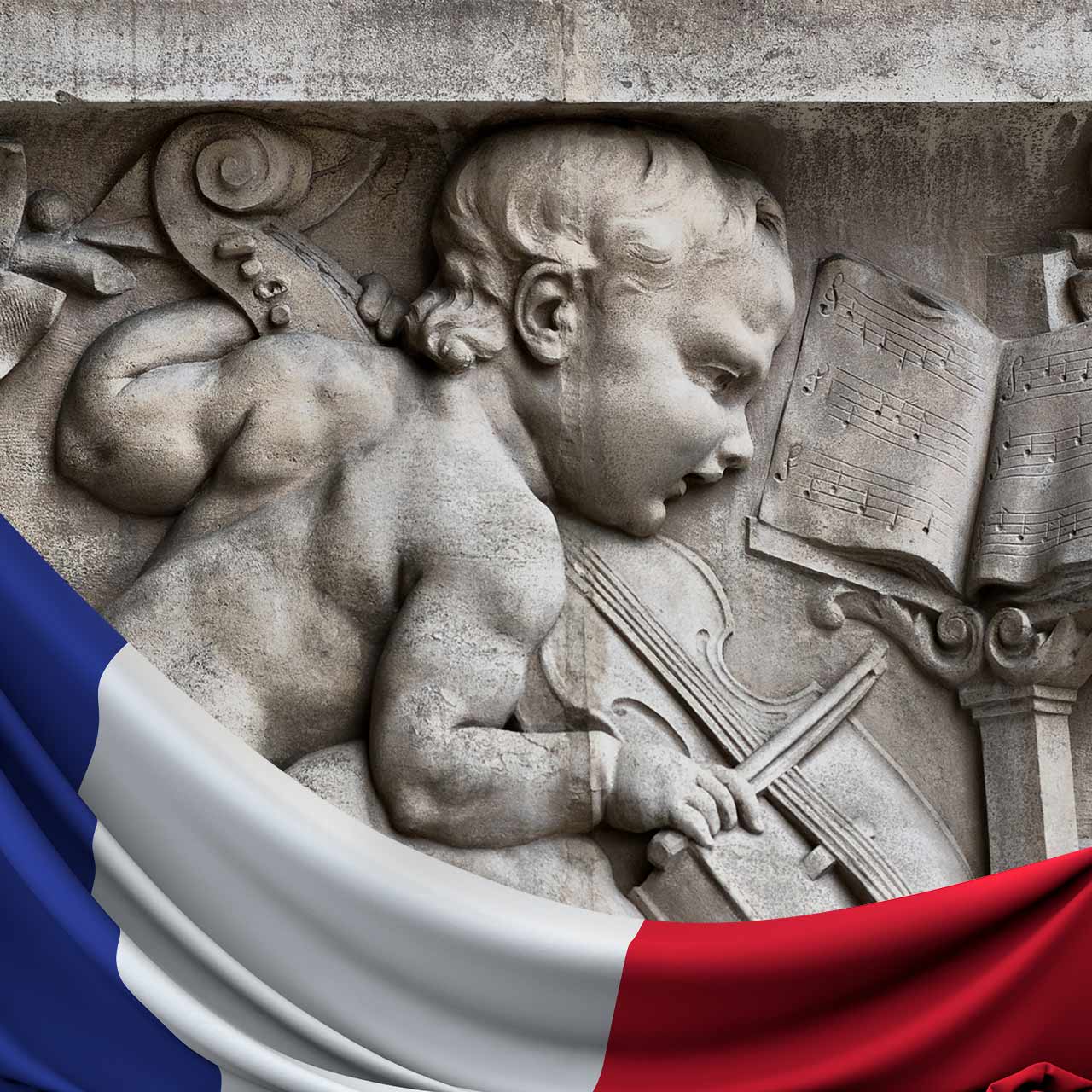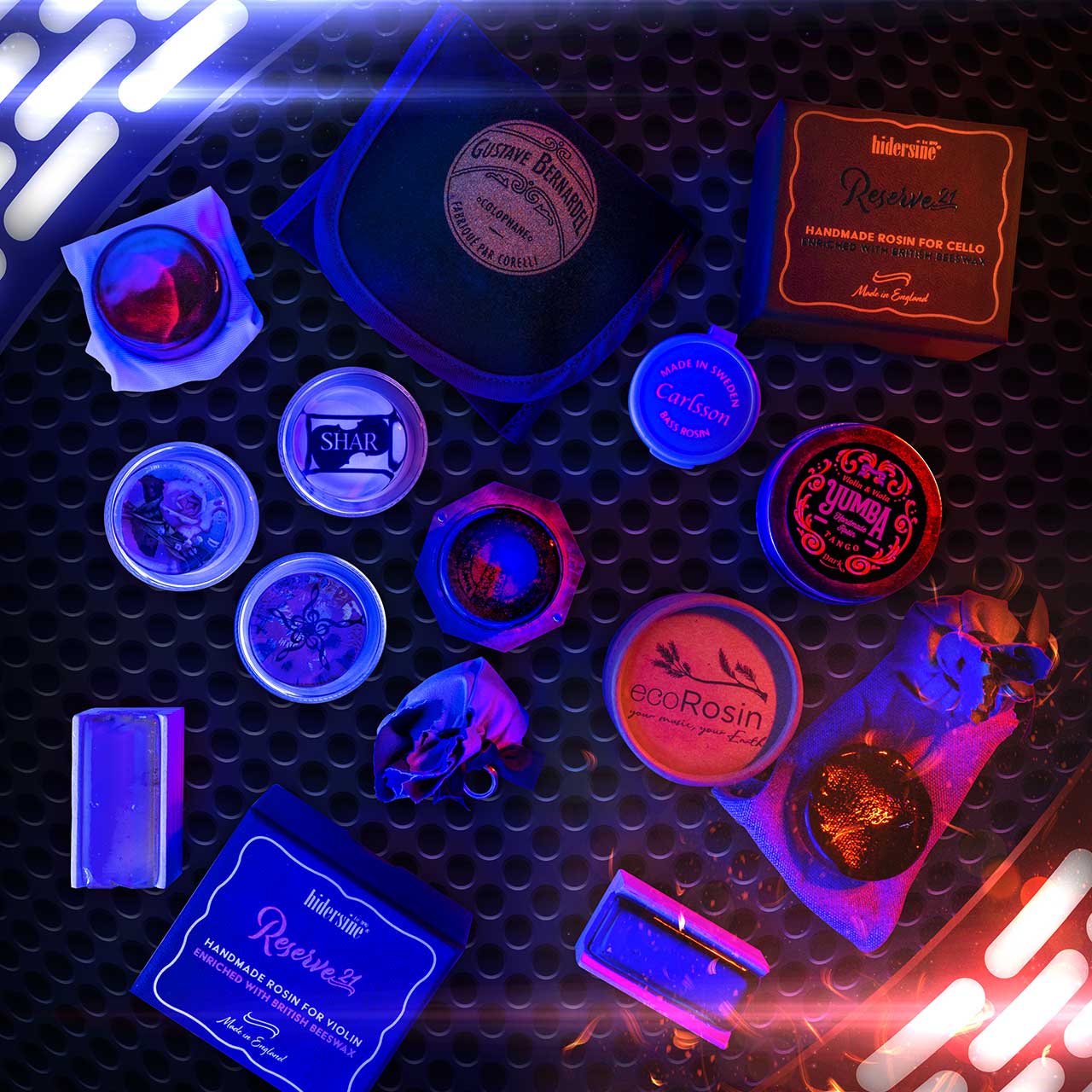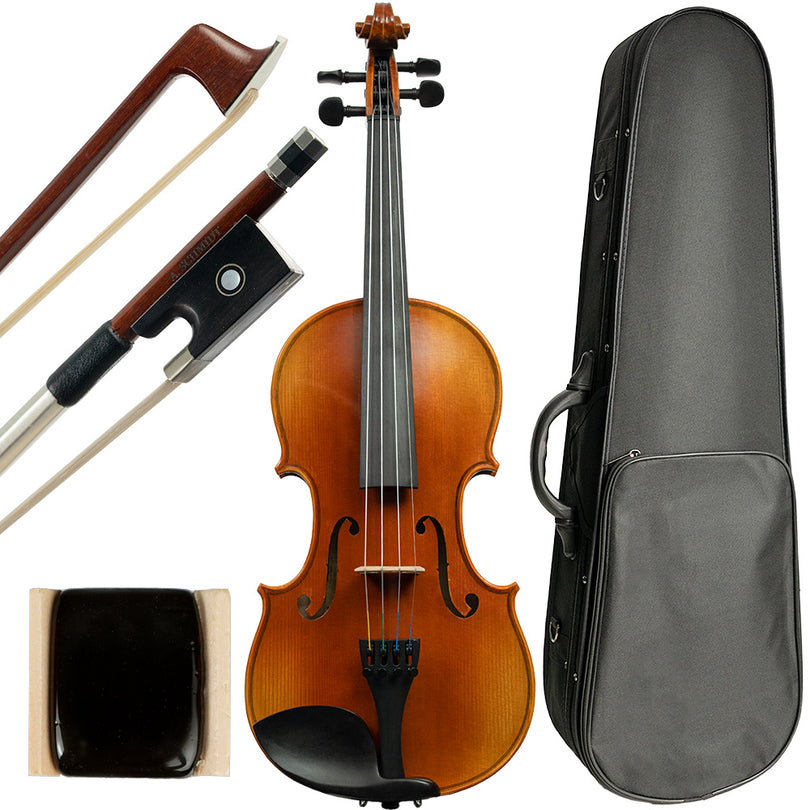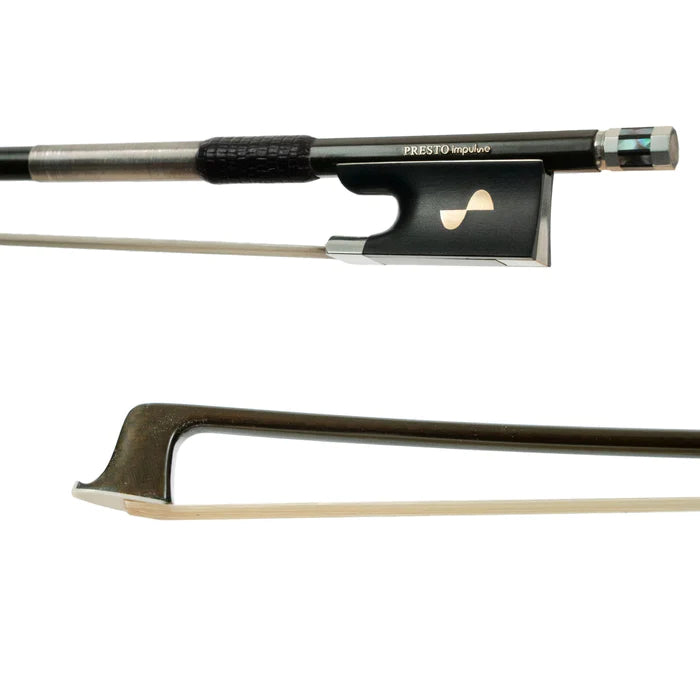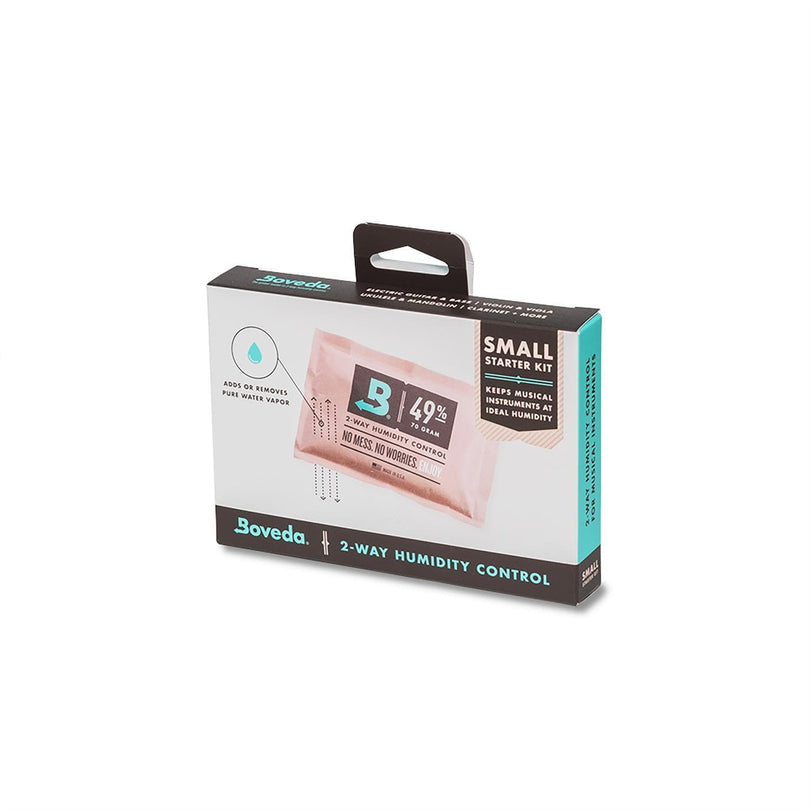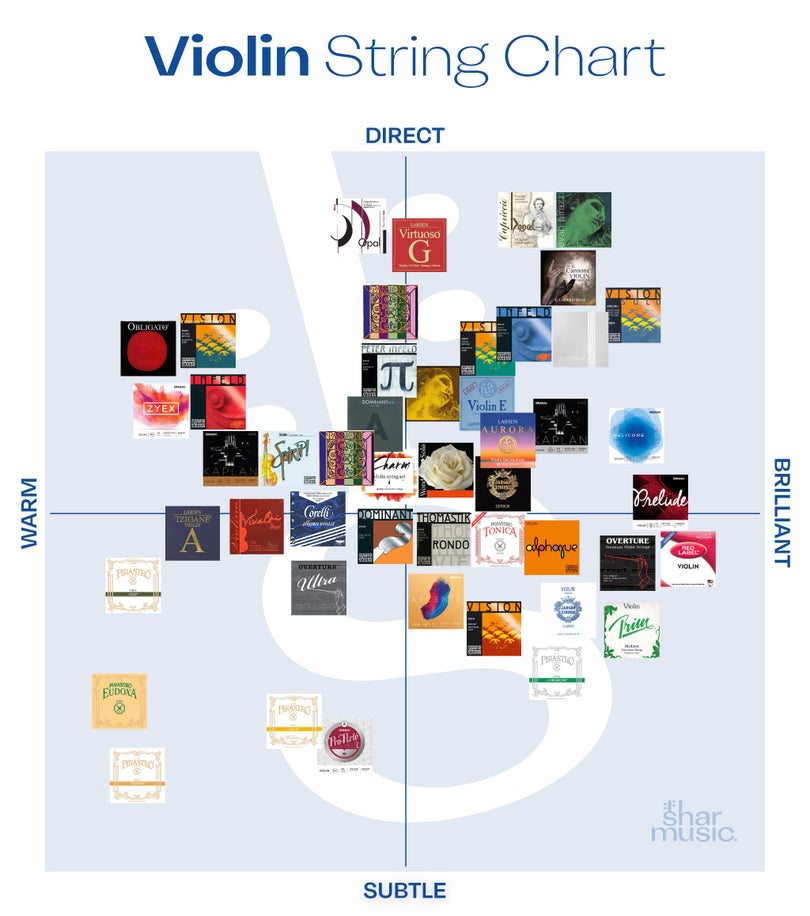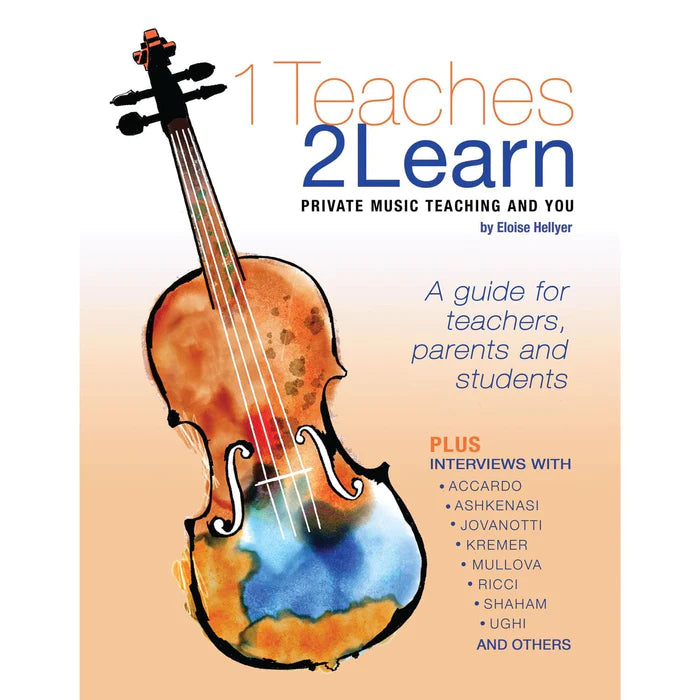The Center of French Violin Making: Mirecourt
Although the precise beginning of violin making in the northeastern French commune of Mirecourt has been lost to obscurity, there is no question that some of the greatest violin makers in history lived and worked in Mirecourt. In the 1600s, there were perhaps 50 luthiers, as the city was just beginning to forge its reputation. Precise recordkeeping was instituted during the 18th century, a necessity of the guild system that was helping transform Western Europe into an economic powerhouse. In 1732, Mirecourt gained its own guild of violin making, adhering to strict rules of quality control and training, necessary to building a strong export business.In short order, skilled craftsmen emerged from the guild system, which helped Mirecourt to become a wealthy town. Many of these craftsmen also left Mirecourt to practice their new trade, helping to pollinate the French School of making far and wide. Many of those craftsmen, now master luthiers, returned to Mirecourt with newfound skills and approaches, further cementing Mirecourt's reputation as a violin making powerhouse.
It was in the 19th century that French violin making fully emerged, starting in the 1820s and carrying through to La Belle Époque. This period is notable in Mirecourt for producing both great individual makers, as well as the heralded violin making firms that increased access to a broader market, yet at an extraordinarily high level of quality.
These firms, themselves, gave rise to great makers, coming up through the ranks and gaining their own followers in the process. The names remain legendary to this day: Nicolas Lupot ("The French Stradivari"), Bazin, Derazey, Chanot, Gand, Bernardel, Collin-Mezin, and many more.
In the 1970s, the opening of the École Nationale de Lutherie provided yet another boost to Mirecourt's reputation, providing training to future generations of dedicated luthiers.
Because of Mirecourt's esteemed position in the violin world, labels are generally accurate. Makers felt that there was simply no need to misrepresent their instruments as being made by Stradivari, Guarneri, etc. Even trade instruments — violins made by more than one person — are highly regarded because of the focus on quality, thanks to the guild system. Violins from Mirecourt remain some of the best instruments on the market today for the player looking for outstanding tone, playability and workmanship at an attractive price.
A Mirecourt Celebrity: Jean Baptiste Vuillaume
The most notable French violin maker, and likely the most notable violin maker in the world in the 19th century, was Jean Baptiste Vuillaume. Mirecourt's great reputation, to the present day, is due in large measure to Vuillaume's vast influence. His firm produced more great makers, and more great violins, than any other. Competing against Vuillaume's firm was almost impossible, and only the very best competitors were able to survive; those that did became great firms themselves, leaving a legacy of fine instruments that, luckily, are available in today's market. Some of these notable firms include Jerome Thibouville-Lamy ("JTL"), Didier Nicolas, Laberte-Humbert Frères, and Bernardel. To compete successfully against Italian and German violins, these firms worked diligently on tonal production, with an emphasis on power.Standing alongside Amati, Stradivari and Guarneri as one of history's greatest and most influential violinmakers, Vuillaume possessed an unusual array of qualities unique in the violinmaking world. Born in the famous French violinmaking center of Mirecourt in 1798, Jean Baptiste learned his craft well, first from his father, later from Fr. Chanot. Later settling in Paris, and with further training from George Chanot, Jean Baptiste opened his own workshop. He first started with Chanot's patterns, as well as those of the great Lupot, but soon discovered that the market desired Stradivari and Guarneri del Gesu. His superb copies were a near-instant success, providing a firm foundation for his workshop.
With his unparalleled skills at making and copying, his imagination and his keen business acumen, Vuillaume's workshop became the talk of Paris, and the world. As the undisputed 19th century master of the violin world, Vuillaume was also a great innovator and inventor, and was able to attract the finest workers and violin and bowmakers, many of them famous to this day: Peccatte, Voirin, Silvestre, Derazey, Simon, among many others.
Also respected as a violin dealer, Vuillaume attracted famous artists from all over Europe and abroad. His purchase of the collector Luigi Tarisio's collection, which included some of the most famous old Italian violins, such as the Messiah Strad, firmly established his firm's position of preeminence. With a long and fruitful career, Vuillaume's output includes over 3,000 instruments, most of which are still being used by lucky concert artists the world over.
A Few Towns Over --- Parisian Violin Making
Mirecourt may have been the heart and soul of French violin making, but Paris, some 100 miles away, remained an irresistible draw to many of the most ambitious violin and bow makers of Mirecourt and elsewhere. With its reputation as an international center of culture, commerce, intellectual thought and innovation, Paris held a siren song for the finest violin makers in French history.Vuillaume and Lupot both started in Mirecourt, but eventually opened their shops in Paris. Others who settled in Paris include Gand, Chanot, Chardon, Bernardel, Peccatte, Vatelot and Collin-Mezin. Learning from each other, some of the greatest innovations in violin and bow making originated with the Paris luthiers and archetiers.
Famous French Workshops
The JTL Workshop: Jerome Thibouville-Lamy
With musical instrument making roots dating back to the 1500s, the famous Mirecourt firm of JTL (Jerome Thibouville-Lamy) emerged into prominence in 1861, after a series of mergers and marriages. Growing rapidly from that point, JTL employed over 1,000 employees in its heyday, with an annual production capacity of 150,000 instruments. Countless makers trained at and worked for JTL, with many remaining with the firm, and still others setting up their own workshops.The company's success was due to two overarching factors: a strict focus on quality control standards, and meeting the demands of a wide variety of customers, from students to professionals, via three separate grades of instruments. Today's marketplace for fine violins at affordable prices owes much to Jerome Thibouville-Lamy. Simply put, JTL's massive production capacity, tightly controlled control, and responsiveness to a wide variety of customers harmoniously combined to produce sought-after instruments that are still available in today's markets.
The Laberte Humbert Frères Workshop
As with many of the most venerable Mirecourt workshops, the firm of Laberte Humbert Frères can trace its origin to the 18th century. However, it wasn't until 1876, in the heyday of the guild system in Mirecourt, that brothers Maurice-Emile and Pierre Alexis Auguste Labert founded their firm.The Laberte Humbert Frères Workshop garnered quick success through the early part of the 20th century, but suffered during the Great Depression. Their decision to add modern musical products such as radios and gramophones to their product line enabled them to survive, then grow once again once the next generation took over the firm.
Marc Labert, son of Pierre, developed a higher quality line of instruments, complementing the trade instruments for which the the firm had been known. Hiring masters like Georges Aubry, Georges Apparut, Camille Poirson, Charles Brugere, and especially Fourier Magnie, the company reinvented their way to success with their premium "Atelier Des Artistes" brand. Further formalizing their collaboration with master Fourier Magnie, the firm became known as "Laberte et Magnie". The initials "LFM" were then used to brand the upper level instruments, in much the same way as their rival JTL.

